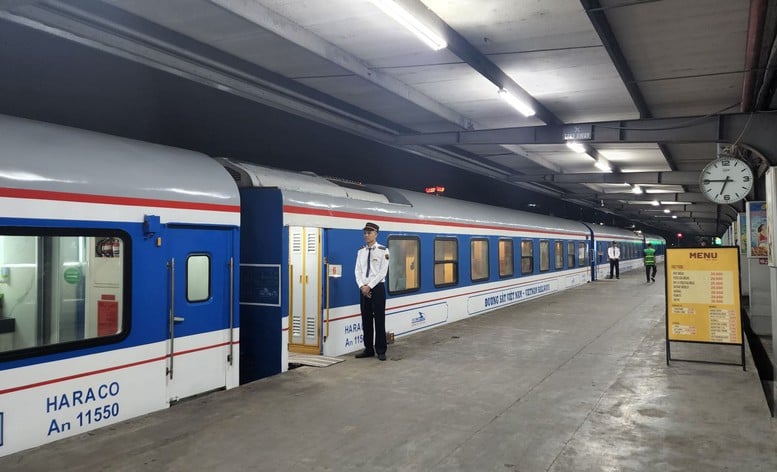
The Lao Cai- Hanoi -Hai Phong railway will be the corridor with the second largest demand for passenger and cargo transport in the country - Illustrative photo
The Government issued Resolution No. 127/NQ-CP to institutionalize and fully implement the viewpoints, goals, tasks and solutions set forth in Resolution No. 187/2025/QH15 of the National Assembly on the investment policy of the Project.
At the same time, clearly define tasks, responsibilities, and implementation time for ministries, branches, and localities to organize implementation; serve as a basis for the Government and the Prime Minister to direct, ministries, branches, localities, and related units to organize implementation to ensure compliance with legal regulations, progress, quality, efficiency, publicity, transparency, and prevention of corruption, waste, and negativity.
3 tasks to implement the Project
The project is large-scale, long-range, applies new engineering technology, integrates many specialties, and is the first electrified railway project implemented in Vietnam in the context of thin, weak and lacking railway human resources with a short research and implementation time; The project is allowed by the National Assembly to apply many specific and special mechanisms and policies for implementation. In order to organize the implementation of the project to meet the required quality and progress, in addition to regular tasks, the Government assigns ministries, ministerial-level agencies, and People's Committees of provinces and centrally-run cities to organize the implementation of 3 specific tasks.
1- Develop and promulgate legal documents
The Resolution clearly states that the specific and special policies of the Project stipulated in Article 3 of Resolution No. 187/2025/QH15 have been permitted by the National Assembly to be applied similarly to the North-South high-speed railway project and will be implemented in accordance with the guiding legal documents as for the North-South high-speed railway project; in particular, the policy stipulated in Clause 18, Article 3 of Resolution No. 187/2025/QH15 of the National Assembly is integrated into the Decree guiding the overall technical design chaired by the Ministry of Construction.
2- Project implementation
The Ministry of Construction is the governing body, coordinating with relevant ministries, branches and localities to organize the preparation and submission to the Prime Minister for approval of the Project and organize the implementation to meet the required progress. The Government requires the implementation of the following main tasks:
The Ministry of Construction submits to the Prime Minister for authorization for the Minister of Construction to carry out the contents under the authority of the investment decision maker, including but not limited to the following contents: Decision to assign the investor to implement the project; Approval of the contractor selection plan during the implementation process; Approval of the List of standards applicable to the Project; Approval of the design documents of the basic elements of the Project during the preparation of the feasibility study report (route direction, station, etc.) as a basis for the Investor to approve the documents for site clearance piling and handover to the locality for implementation.
Local People's Committees: take the lead in organizing the implementation of land acquisition, compensation, and resettlement support based on the partial records in the site clearance plan handed over by the Investor; The Chairman of the Local People's Committee decides on investment or assigns the head of the local affiliated agency to decide on investment in related projects in site clearance, resettlement, and relocation of technical infrastructure (electricity, water, telecommunications, etc.) serving the Project and does not have to establish an investment policy.
Provinces and cities proactively advance local budget capital to carry out compensation, support and resettlement work for the Project.
Regarding implementation progress, the Government requires completing the procedures for approving the technical assistance project, selecting a consulting contractor to conduct the survey, prepare a Feasibility Study Report and carry out related work in May 2025.
Carry out procedures for appointing a joint venture to consult on survey, prepare technical design, and overall technical design in May 2025.
Survey, prepare and approve technical design, overall technical design (including estimates) from June 2025 and complete a number of bid packages in September 2025.
Coordinate with relevant Chinese agencies to negotiate and sign an Agreement on the construction of a joint bridge at the border of the two countries in July 2025; strive to complete the preparation of the Feasibility Study Report and carry out related work in July 2025.
The State Appraisal Council appraises and submits to the Prime Minister for approval of the Project Feasibility Study Report in August 2025.
Organize the selection of contractors for the project implementation phase by means of designated bidding, sign contracts and ensure conditions for construction commencement in December 2025.
The People's Committees of provinces and cities shall establish and approve projects to build resettlement areas, ensuring the simultaneous commencement of construction of resettlement areas in 2025; localities and Vietnam Electricity Group shall implement and complete compensation, support, and relocation of power lines affected by the Project from April 2025 to September 2026.
The Government requires construction, procurement, and equipment installation, striving to complete the Project by 2030 at the latest.
The Ministry of Construction reviews and registers capital needs; the Ministry of Finance takes the lead in advising the Government to balance and allocate sufficient capital for implementation.
3- Implementing urban development tasks according to the transport development orientation (TOD) at railway stations
The Government requires localities to preside over and coordinate with ministries and branches to preside over reviewing and adjusting zoning plans and detailed plans for areas surrounding railway stations, adjusting planning indicators, architecture, technical infrastructure, and social infrastructure (if necessary) to implement land exploitation projects according to the TOD model.
Organize the establishment and approval of land exploitation projects according to the TOD model at railway stations; arrange local budget capital to implement compensation, support, resettlement and development of surrounding areas and organize auctions of land funds in the vicinity of railway stations for urban development according to the provisions of law.
* The proposed investment project for the Lao Cai-Hanoi-Hai Phong railway line has a total length of more than 403km, passing through 9 provinces and cities, including: Lao Cai, Yen Bai, Phu Tho, Vinh Phuc, Hanoi, Bac Ninh, Hung Yen, Hai Duong and Hai Phong.
The starting point is at the rail connection point across the border between the new Lao Cai Station and Hekou Bac Station (China), in Lao Cai city. The ending point is at Lach Huyen wharf area, in Hai Phong city.
Preliminary calculations show that the project has a total investment of about 194,929 billion VND (equivalent to more than 8 billion USD).
Phuong Nhi
Source: https://baochinhphu.vn/trien-khai-cac-nhiem-vu-de-khoi-cong-xay-dung-duong-sat-lao-cai-ha-noi-hai-phong-trong-thang-12-2025-102250513165204902.htm



![[Photo] General Secretary To Lam visits exhibition of achievements in private economic development](https://vphoto.vietnam.vn/thumb/1200x675/vietnam/resource/IMAGE/2025/5/18/1809dc545f214a86911fe2d2d0fde2e8)
![[Photo] National conference to disseminate and implement Resolution No. 66-NQ/TW and Resolution No. 68-NQ/TW of the Politburo](https://vphoto.vietnam.vn/thumb/1200x675/vietnam/resource/IMAGE/2025/5/18/adf666b9303a4213998b395b05234b6a)
![[Photo] More than 17,000 candidates participate in the 2025 SPT Competency Assessment Test of Hanoi National University of Education](https://vphoto.vietnam.vn/thumb/1200x675/vietnam/resource/IMAGE/2025/5/17/e538d9a1636c407cbb211b314e6303fd)


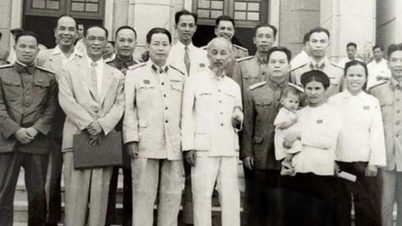

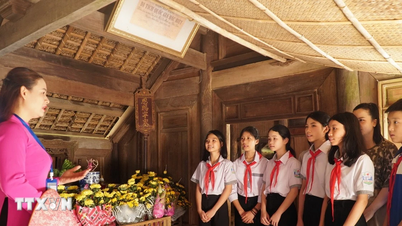

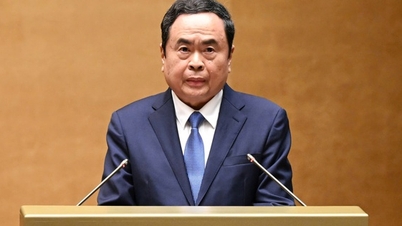










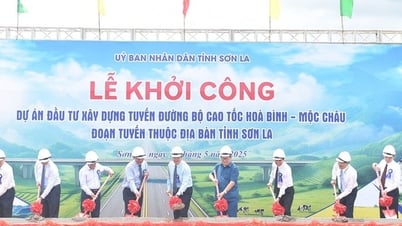

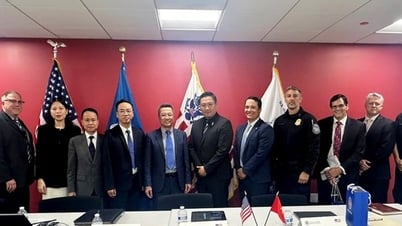

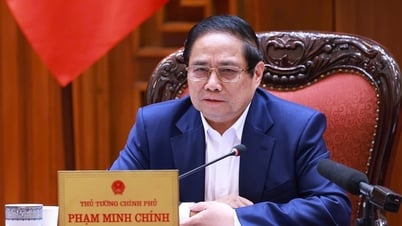
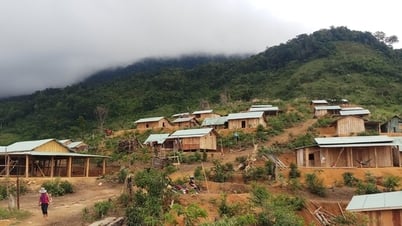
![[Photo] Prime Minister Pham Minh Chinh chairs meeting on science and technology development](https://vphoto.vietnam.vn/thumb/1200x675/vietnam/resource/IMAGE/2025/5/17/ae80dd74c384439789b12013c738a045)









































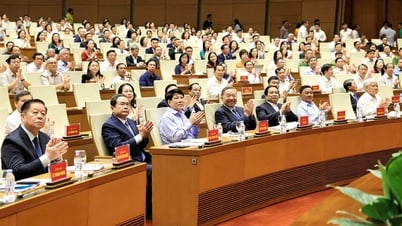

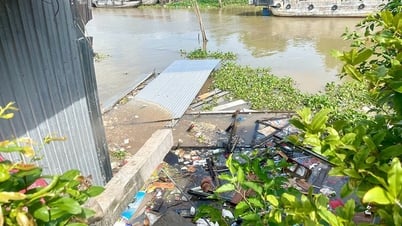


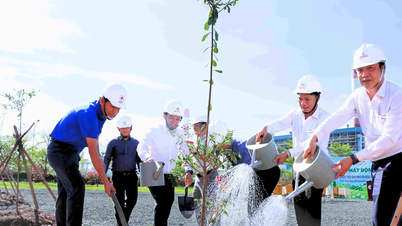
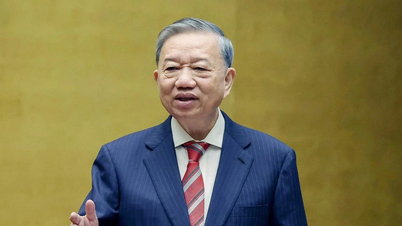

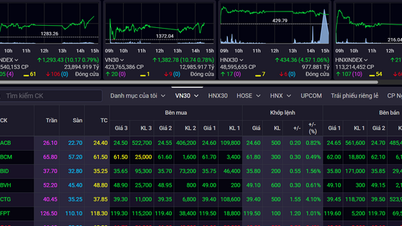










Comment (0)